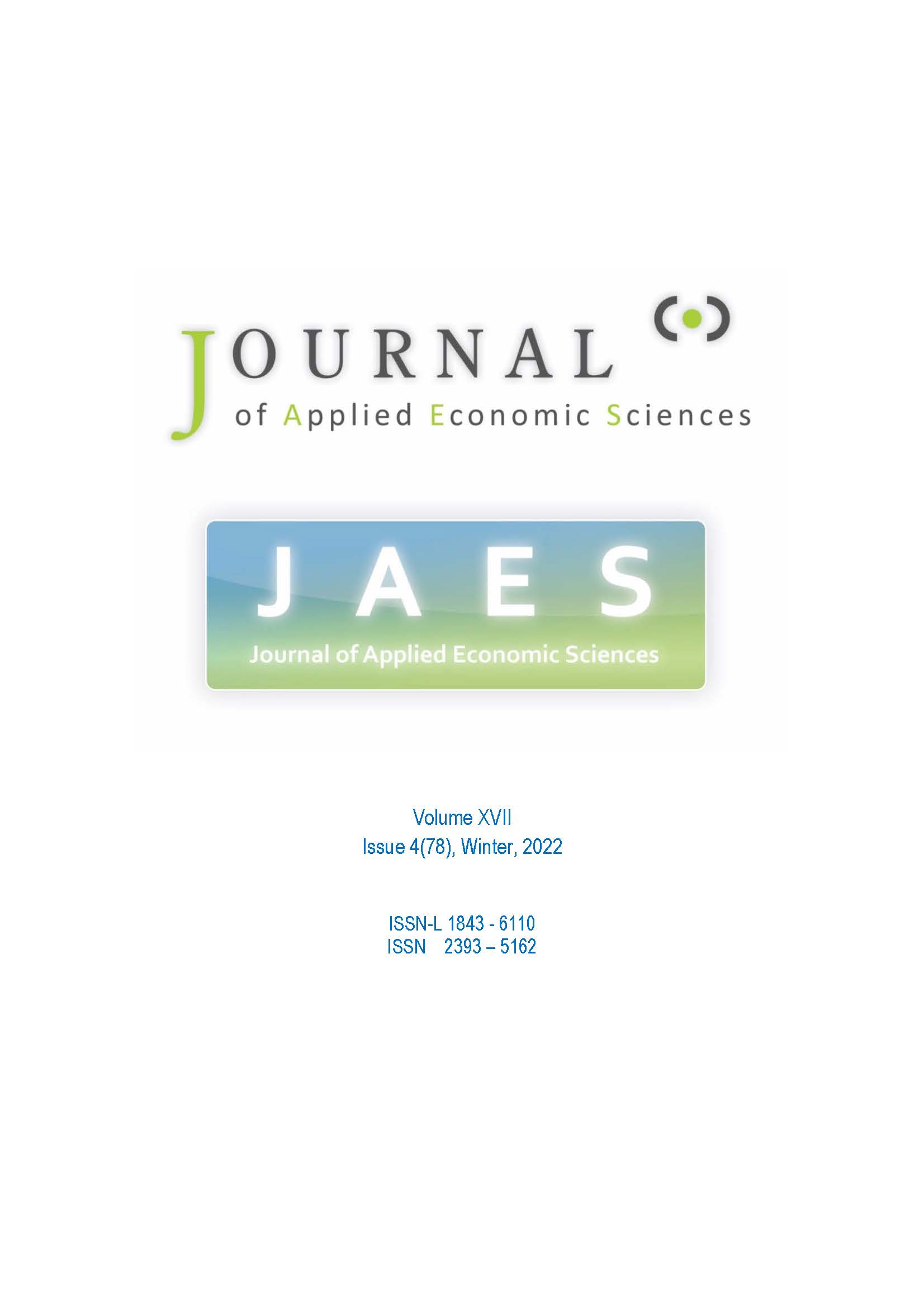Numerical Simulations of Reaching a Steady State: No Need to Generate Any Rational Expectations
Numerical Simulations of Reaching a Steady State: No Need to Generate Any Rational Expectations
Author(s): Taiji HarashimaSubject(s): Economy, Business Economy / Management, Economic development, Socio-Economic Research
Published by: ASERS Publishing
Keywords: balanced growth path; economic growth model; government transfer; heterogeneity; simulation; steady state;
Summary/Abstract: It is not easy to numerically simulate the path to a steady state because there is no closed form solution in dynamic economic growth models in which households behave generating rational expectations. In contrast, it is easy if households are supposed to behave under the MDC (maximum degree of comfortability)-based procedure. In such a simulation, a household increases or decreases its consumption according to simple formulae. In this paper, I simulate the path when households behave under the MDC-based procedure, and the results of simulations indicate that households can easily reach a stabilized (steady) state without generating any rational expectations by behaving according to their feelings and guesses about their preferences and the state of the entire economy.
Journal: Journal of Applied Economic Sciences (JAES)
- Issue Year: XVII/2022
- Issue No: 78
- Page Range: 321-339
- Page Count: 19
- Language: English

